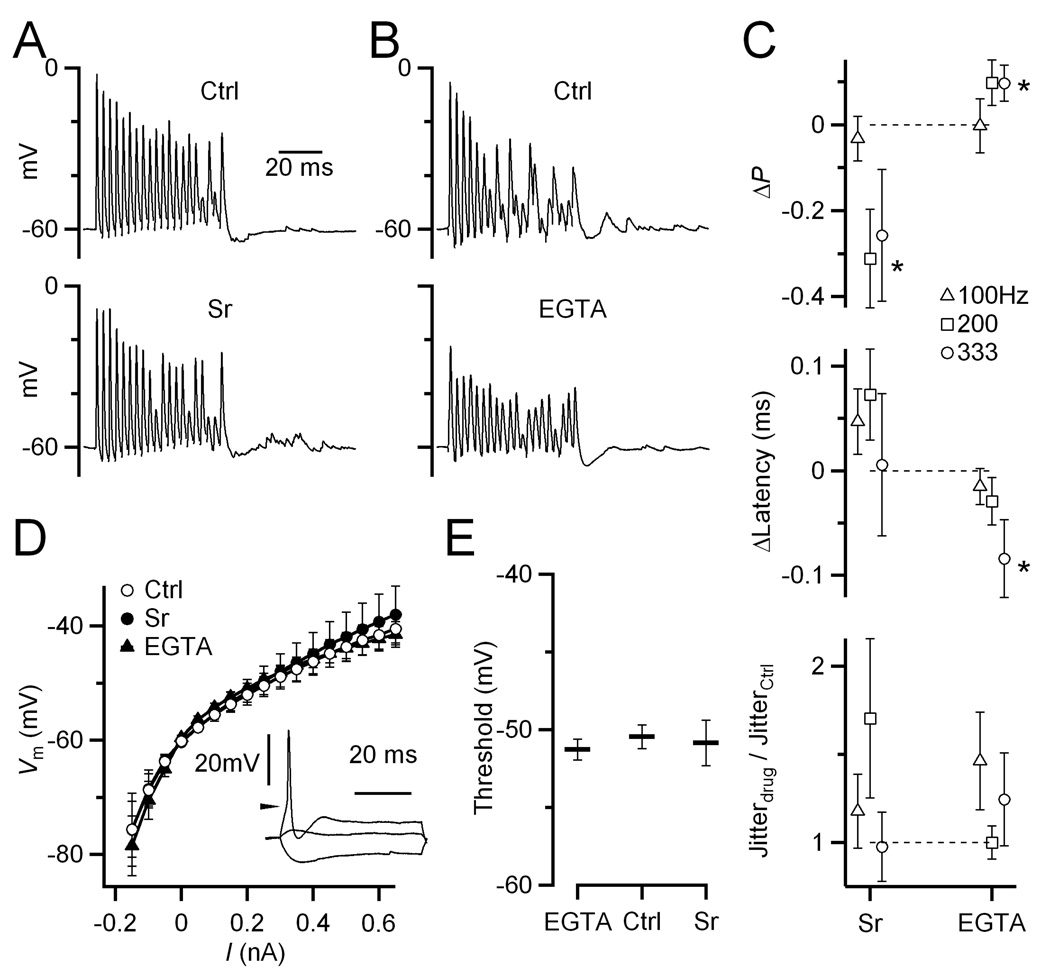Figure 6. EGTA-AM and Sr influence BC firing.
(A,B) Example experiments showing effects of Sr (A, P19) and EGTA-AM (B, P19) in response to AN fiber stimulation. Changes in delayed release are clearly visible after the train.
(C) Effects of Sr (P17–21, N = 7 cells) and EGTA-AM (P17–19, N = 8) on probability (top), latency (middle), and jitter (bottom) of BC spikes during the steady-state part of the train (pulses 11–20). Data are shown as changes with respect to control. Sr decreased the probability of firing, while EGTA-AM increased it for higher frequency trains. EGTA-AM also decreased the latency for 333 Hz trains. Effects on jitter are not significant. Points significant at the 0.05 level are indicated by asterisks.
(D) BC input resistance is unchanged by Sr (N = 4 cells) or EGTA-AM (N = 10). Inset, example BC response to 50 ms current injection pulses. Vm is averaged over the last 20 ms of the pulse. Action potential threshold is indicated by the arrow.
(E) Action potential threshold is unchanged by Sr or EGTA-AM. Spike threshold was identified using the 1st derivative of traces such as those in the inset in D.

